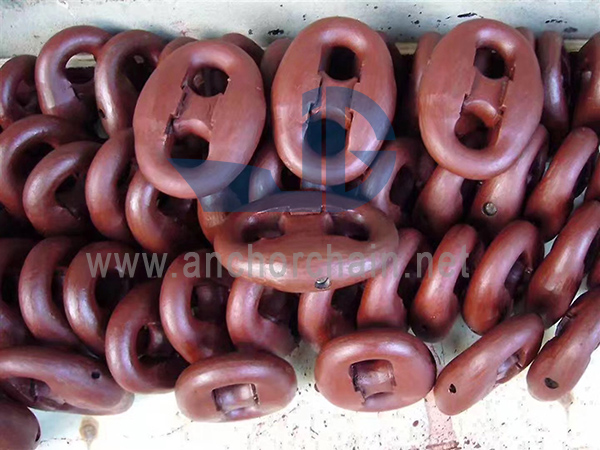Corrosion Conundrum: Understanding the Impact of Environmental Factors on Connecting Link Kenters
2024-03-21
In the realm of heavy-duty rigging and industrial operations, environmental factors pose significant challenges to equipment reliability and performance. Among the critical components affected by environmental conditions are Connecting Link Kenters, whose integrity and functionality can be compromised by corrosion. Let's delve into the intricate interplay between environmental factors and the performance of Connecting Link Kenters, and explore strategies for mitigating the detrimental effects of corrosion.
The Corrosion Conundrum:
Corrosion is a natural process that occurs when metals react with environmental elements such as moisture, oxygen, and chemicals. In marine environments, where saltwater and humidity prevail, corrosion can occur at an accelerated rate, posing a threat to the structural integrity of equipment, including Connecting Link Kenters. Corrosion can manifest in various forms, including rust, pitting, and degradation of material properties, ultimately leading to reduced performance and potential failure of the connector.
Impact on Performance:
Corrosion can have several detrimental effects on the performance of Connecting Link Kenters, including:
1. Weakening of Material: Corrosion gradually weakens the material composition of Connecting Link Kenters, compromising their load-bearing capacity and overall strength. This can increase the risk of failure, especially under heavy loads or dynamic conditions.
2. Surface Degradation: Rust and corrosion on the surface of Connecting Link Kenters can cause roughness and pitting, leading to increased friction and wear during operation. This can accelerate the deterioration of the connector and affect its ability to function smoothly.
3. Interference with Connections: Corrosion buildup can interfere with the proper installation and secure fastening of Connecting Link Kenters, leading to loose connections or improper engagement. This compromises the reliability and safety of the connector in critical applications.
Mitigation Strategies:
To mitigate the detrimental effects of corrosion on Connecting Link Kenters, several strategies can be employed:
1. Material Selection: Choose Connecting Link Kenters constructed from corrosion-resistant materials, such as stainless steel or galvanized steel, to enhance durability and longevity in corrosive environments.
2. Protective Coatings: Apply protective coatings or finishes to Connecting Link Kenters to provide an additional barrier against corrosion. These coatings act as a shield, preventing moisture and corrosive substances from coming into contact with the metal surface.
3. Regular Inspection and Maintenance: Implement a routine inspection and maintenance program to detect corrosion early and address any issues promptly. Inspect Connecting Link Kenters for signs of rust, pitting, or degradation during scheduled maintenance intervals and take corrective action as needed.
4. Cleaning and Lubrication: Keep Connecting Link Kenters clean and free of debris by regularly cleaning them with appropriate cleaning agents. Apply lubrication to moving parts to reduce friction and prevent corrosion-induced wear.
5. Environmental Controls: Implement environmental controls, such as protective covers or enclosures, to shield Connecting Link Kenters from exposure to corrosive elements. Store connectors in dry, well-ventilated areas when not in use to minimize the risk of corrosion.
Conclusion:
In the battle against corrosion, Connecting Link Kenters stand as frontline soldiers, facing the relentless onslaught of environmental elements with resilience and fortitude. By understanding the impact of corrosion on their performance and implementing effective mitigation strategies, operators can ensure the longevity, reliability, and safety of Connecting Link Kenters in their industrial operations. Through proactive measures and diligent maintenance, Connecting Link Kenters can continue to fulfill their crucial role as steadfast connectors in the ever-changing landscape of heavy-duty rigging and industrial applications.



